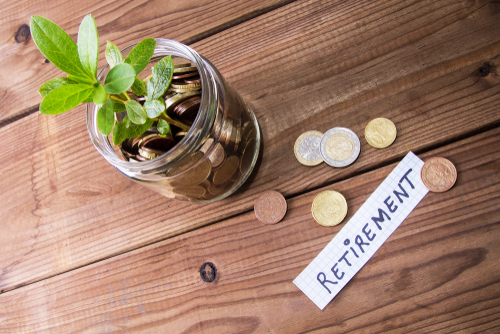News
‘Can I still retire in 2020?’

If you’re nearing retirement, the recent market volatility might leave you feeling anxious. But your plans don’t have to be totally abandoned, writes Matthew Lewis.
After more than ten years of a rising bull market, the first quarter of 2020 has been a rocky road for global stock markets.
By the time the World Health Organisation had declared the coronavirus outbreak a pandemic on the 11 March, the FTSE 100 had already fallen by 21% since the turn of the year and the S&P 500 just shy of 15%. Drops not seen since the financial crisis of 2007/08.
Markets have gradually been increasing since then. However, the recent volatility presents challenges if you’re close to retirement.
Here, Matthew Lewis, a chartered financial planner at EQ Investors, explains what you need to consider if you still want to retire this year.
Consider how much can you withdraw from your pension
Based on historical data, a safe withdrawal rate is typically around 3.5%-4%. This is for a well-balanced portfolio. The aim is to sustain an income for 30 years and prevent you running out of money.
If your expenditure is above 4%, this might be sustainable with a higher level of risk. However, it comes with additional warnings, especially through periods of market stress.
It can be a worrying time if you need your pension savings to meet living costs during a downturn. This can exacerbate losses since you are forced to sell assets at depressed levels to maintain the same income. This term is known as pound cost ravaging and can have a detrimental effect to the longevity of your portfolio.
Review your portfolio and consider alternatives
If you need to withdraw more than 4% of your portfolio, look at this as a short-term fix and make sure you review this regularly. If you can, consider other income sources during periods of volatility.
Some questions to ponder include:
- Are you eligible to start drawing your State Pension? Will that relieve some pressure?
- Do you have any other income sources? Such as:
- rental income
- defined benefit (final salary) pensions
- continued ad-hoc work
- Do you cash reserves to call upon in case of further market drops?
Drawing income
Your portfolio might well have a variety of different constituents. So drawing from the right pot, at the right time will be imperative to prevent any unexpected tax bills. Your investments might be held within a pension, a stocks & shares ISA, in cash or even an investment bond, all of which have different tax rules and methods of withdrawing.
Using a SIPP (self-invested personal pension) as an example. It is possible to draw down up to 25% of the value as a tax-free lump sum. There’s merit in this approach as you can draw on some funds and live from the proceeds while allowing the portfolio to rebuild over the coming years. However, if you can, it’s best to avoid selling assets at these lower prices. It might make more sense to draw down just enough to cover the next 12-24 months, leaving some of your tax-free cash invested to grow.
With the ongoing coronavirus uncertainty, being more flexible with how you draw on funds will be the sensible choice.
The changing face of retirement
Since the introduction of pension freedoms, there has been a massive change to retirement. We don’t see quite so many ‘sudden’ retirements as we used to. Stopping work on the Friday and being retired on a Monday has been replaced by a gradual retirement. Often in the form of a reduction in working days, possibly some form of consultancy or even a non-executive role.
Get advice
If you’re approaching retirement it pays to be prepared. The Money Advice Service has a retirement checklist on its website. Most financial planning firms will offer a free initial consultation to discuss your needs.